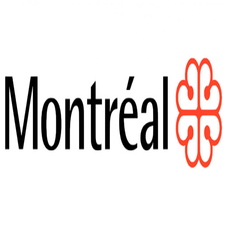Aquahacking
Type of resources
Topics
Keywords
Contact for the resource
Provided by
Formats
Representation types
Update frequencies
status
-

Locations of overflow structures in the City of Repentigny.**This third party metadata element was translated using an automated translation tool (Amazon Translate).**
-

This set shows the location of rain gauges, meteorological instruments intended to measure the quantity of precipitation that fell during a given time interval in a specific location, on the territory of the City of Montreal.**This third party metadata element was translated using an automated translation tool (Amazon Translate).**
-

The sewer system (secondary and main networks) on the Island of Montreal includes 170 overflow structures. An overflow structure consists of an underground control chamber that directs wastewater into the collection and interception network under normal operating conditions to the treatment plant. During rain, melt or during an operation associated with maintenance or impairment, the inputs exceed the regulatory capacity and this excess is overflowed by the structure in question in the watercourses. It is under these conditions that part of the water combining rainwater and wastewater flows to the receiving watercourse for a short period of time (via the outfall). Obviously, the receiving watercourse to the south is the St. Lawrence River and that to the north, the Rivière des Prairies.**This third party metadata element was translated using an automated translation tool (Amazon Translate).**
-

Linear data representing the interpretation of accessible shores of public property (municipal or governmental) in the agglomeration of Montreal carried out using the land roll. This data is approximate and does not determine the actual shoreline within the meaning of the [Shoreline, Coastal and Floodplain Protection Policy] (https://www.environnement.gouv.qc.ca/eau/rives/index.htm). Accessibility can be by land and/or by water and there may or may not be development. The shores of inland waterways are not included, with the exception of the Lachine and Aqueduct canals. Although it has evolved, thanks to the expansion of shoreline parks, among others, this data was initially produced for the calculation of an indicator of the state of the environment in the first strategic sustainable development plan of the Montreal community.**This third party metadata element was translated using an automated translation tool (Amazon Translate).**
 Arctic SDI catalogue
Arctic SDI catalogue